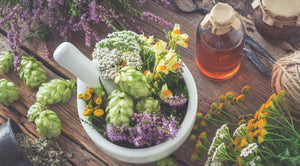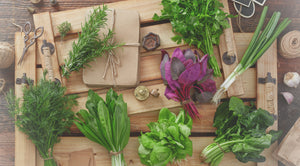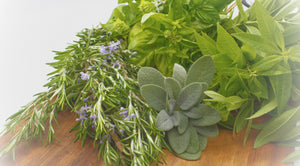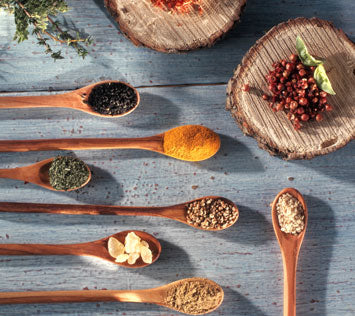For many gardeners, fall is a season to look forward to since the soil is still moist and warm enough from the summer, while the overall temperature is just right for herbs to thrive.
Herbs are plants used throughout history for medicinal or spiritual purposes. However, nowadays, they are primarily used as flavoring agents in cooking. Each herb offers a different flavor intensity, so mild herbs give a delicate taste to food, while the more intense ones add zest to the flavor.
Growing herbs in your garden allow easy access to a wide range of spices that will enrich every dish you cook in the kitchen. Here are some of the best and easiest herbs to grow in fall:
Parsley
Parsley is one of the most common herbs for fall. It comes in two forms: flat-leaved (Italian parsley) and curled (French parsley). Seeds for this herb have a low germination rate. However, soaking them for one to two hours before sowing them improves the chances of success. Once they have sprouted, they are easy to grow and don't require much maintenance. Make sure to plant the sprouts six to eight inches apart in an area with full sun. Parsley enjoys constant moisture, so checking the soil and water is essential whenever the top layer becomes dry.
Sage
Like parsley, sage seeds are slow to germinate but worth the effort. It gives an earthy, peppery taste to a dish with a hint of lemon, mint and eucalyptus. The best place to plant sage is under the sun in well-draining soil since this herb drowns quickly. In addition, their roots need room to spread for them to grow appropriately, so plant the sprouts 18 to 24 inches apart. There are many sage varieties available, including garden sage, blue sage, golden sage, pineapple sage and many others.
Rosemary
Rosemary is a hearty herb that thrives in dry climates. For this reason, they need to be planted in an area with constant sunlight. They can be grown from seeds, but are slow to grow. Therefore, it's recommended to plant rosemary from cuttings. Once they develop roots, they won't need much care to survive. Rosemary is one of the most common herbs for fall that are mainly used to season meat dishes. It has a citrusy and minty taste that adds a tasty and exciting dimension to the flavors of your meal.
Thyme
Thyme adds flavor to culinary dishes and looks good enough to be used as a landscape accent in your plant beds and gardens. Growing Thyme is pretty straightforward - they need a sunny area and moist earth to grow. For the best results, mix in several inches of aged compost in the soil before planting them in-ground. There are over 400 species of this herb, but the most widely used are common thyme, English thyme, Mother of Thyme, lemon thyme, golden thyme and silver thyme. They add a subtle, earthy taste to food and are commonly added to poultry, fish, vegetable and soup dishes.
Chives
Chives are a member of the onion family that are perfect in sour cream or for a baked potato dish. They have a distinct onion flavor with a hint of garlic. They thrive during the cool season, grow best in constant sunlight and require minimal care when fully grown. The entire plant is edible – you can eat the leaves, blossoms and bulbs if you choose to. But be sure to remove flowers as they form to keep the plant productive, and let the chives grow at least six inches tall before you harvest them.
Lavender
Lavender is famous for its distinct sweet-herbal scent and vibrant purple-colored flowers. Although they are mostly considered summer plants, they are also one of the best herbs to plant in the fall. Lavender grows best in full sun with soil that drains well. Soggy soil kills lavender quickly, so ensure that they are not over-watered. Lavender is commonly used for teas, and you can expect a sweet, floral flavor with a slightly tart aftertaste.
Cilantro
Cilantro grows quickly, so its seeds will be ready for harvest within three months of planting. You should place the seeds one to two inches apart and a half inch deep in the soil for ideal growth.
Mint
Mint comes in wide varieties because this herb cross-pollinates easily. It has a strong smell and sweet, subtle taste that leaves a lingering cooling effect on the tongue. Mint is usually used to flavor candies, chocolate dishes and baked treats. However, you can add it to savory meals, especially lamb recipes. It is one of the top herbs to plant in the fall and can be grown from seeds, roots, cuttings or transplants.
Visit The Grower's Exchange to get the best herbs for fall!






